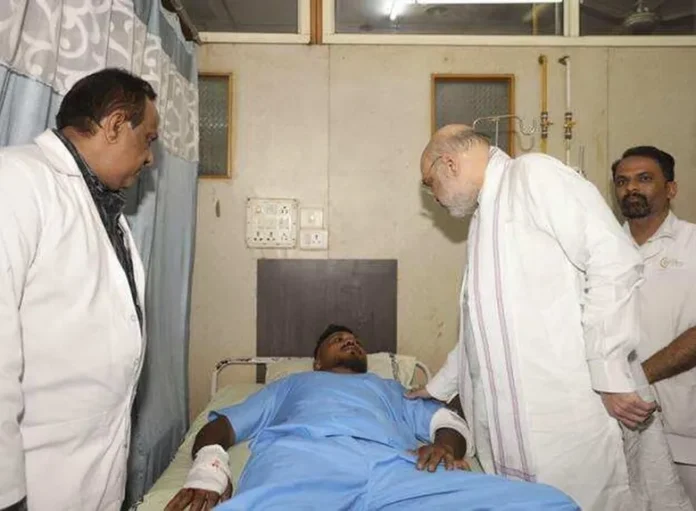By The Global Observer | Investigative Aviation Desk
In one of the most astonishing developments in the aftermath of the tragic Air India Flight 171 crash near Ahmedabad, Viswash Kumar Ramesh, seated in 11A, emerged as the sole survivor out of 242 onboard and dozens on the ground. His escape has baffled experts—and sparked a fierce debate over the role of chance, skill, and seat location in aviation disasters.
🛫 A Seat That Saved His Life?
The story quickly went viral: Ramesh was in seat 11A, located in an exit row on the left side of the aircraft. According to The Guardian, his proximity to the emergency exit and the aircraft's structural “wing box” likely played a crucial role—providing reinforced protection and enabling rapid evacuation the moment the fuselage ruptured straitstimes.com+15theguardian.com+15washingtonpost.com+15.
Echoing this view, The Washington Post described his escape as “extraordinary and unexplainable,” yet also noted that being near an exit undoubtedly helped in his swift exit .
💥 Experts Clash Over Survival Factors
But not all specialists are convinced that 11A was the real hero:
-
Analysts in Time and the New York Post stress that there is no magic seat—each crash is unique, and survival depends on crash dynamics, energy on impact, and immediate rescue efforts, more than seat assignment alone en.wikipedia.org+12wsj.com+12yahoo.com+12theguardian.com+10time.com+10nypost.com+10.
-
A Northeastern University EMS expert, interviewed by Cyrus Moulton, emphasised that Ramesh’s survival was primarily due to “luck”, citing factors like seat position, angle of impact, confined structural pockets, and rapid self-evacuation washingtonpost.com+6news.northeastern.edu+6theguardian.com+6.
📚 A Chilling Seat‑11A Coincidence
Adding to the public fascination, The Economic Times highlighted that Ramesh shares his seat number with another crash survivor from 1998—a Thai actor who also sat in 11A during a tragic accident. The coincidence has captured imaginations, prompting speculation of “a supernatural aura” around the fateful seat news.com.au+15theguardian.com+15economictimes.indiatimes.com+15.
🔍 What Actually Matters?
All agreed: no seat guarantees survival. But Ramesh's case shows how a combination of elements can tip the chances:
-
Structural reinforcement — emergency exit zones often feature stronger supports.
-
Rapid evacuation — 11A offered immediate access with no seats in front.
-
Containment of impact — the front section may have absorbed less damage than other parts.
-
Human factors — Ramesh acted instantly, unfastened his seat belt, and crawled through the hatch time.comreuters.com+2theguardian.com+2time.com+2en.wikipedia.org+10thedailybeast.com+10theguardian.com+10.
The seat-11A narrative has captured the public’s attention—but aviation experts maintain that survival in such events is overwhelmingly shaped by circumstance, not seat choice. The “miracle” of 11A may speak more to human resilience than to any engineered safety.
For passengers, the enduring message remains: learn the safety protocols, know your exits, and stay alert—because in a crisis, your reaction can make all the difference.
